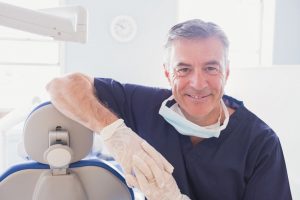The world of fungi is vast and mysterious, with over 140,000 species of mushrooms alone. Among these, some of the most fascinating are those that release spores into the air and can be studied at home without much equipment. But before you start exploring this fascinating world, it’s important to know how to do it safely. In this article, we will guide you step-by-step on how to study mushroom spores at home and provide tips for staying safe along the way.
Step 1: Choose Your Spore Print
The first step in studying mushroom spores is to obtain a spore print. To do this, select a mature mushroom that has gills. Use a sharp knife to cut off the stem close to the ground, then place the cap gill-side down on a piece of clean paper or glass surface, preferably in a box to prevent the spores from being disturbed by air currents. Leave it there overnight and check it in the morning. The spores should have fallen onto the paper or glass surface and created a spore print.
Step 2: Obtain a Microscope
If you don’t have one, you can purchase a microscope from a scientific supply store or online. A 400x to 1000x magnification is optimal for studying mushroom spores. While a compound microscope is preferred, a digital microscope works as well as long as it has the required magnification. Cheaper USB microscopes can also be found relatively easily.
Step 3: Collect the Spores
Using a sharp blade, carefully scrape a small amount of spores from the print onto a clean slide. Then carefully place a drop of clear water on the slide to hydrate it. After adding a cover slip, it’s time to study the spores.
Step 4: Study the Spores
Now that you have prepared your slide, it’s time to study the spores under the microscope. Focus on the spores and examine their size, shape, and color. Take notes and compare them with images of known mushroom spores. Confirm the identity of the mushroom by comparing your findings with those listed in a reliable identification guide.
Step 5: Clean Up
After you finish studying the spores, it’s important to take some cleaning precautions. Use a spray bottle to moisten the area where the spore print type is collected. This will help prevent the spores from becoming airborne and potentially causing allergic reactions. Then dispose of the mushroom in a safe and responsible manner. Wash your hands thoroughly and sanitize the tools and surfaces you used in the process.
Studying mushroom spores can be a fun and exciting hobby, but it’s essential to do it safely and responsibly. Remember to collect spores from mature mushrooms, (or purchase from reputable sources like Sacred Mushroom Spores) study them carefully under a microscope, and dispose of the mushrooms and cleaning equipment properly. With these precautions in place, you can unleash your inner scientist and discover the fascinating world of mushroom spores.









